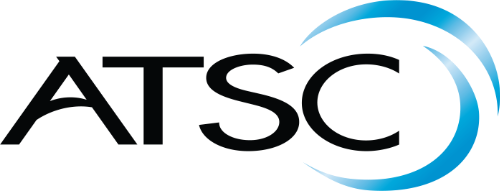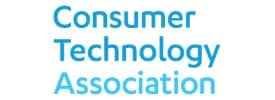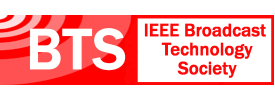- About
- Members
- Sponsors
- Subcommittees
- About Our Subcommittees
- Technology Group 3
- Implementation Team 1 – Advanced Emergency Information
- Implementation Team 2 – India
- Implementation Team 3 – ATSC 3.0 Conformance
- Implementation Team 4 – Brazil
- Implementation Team 5 – Tower Network
- Implementation Team 7 – Caribbean
- Implementation Team 8 – Automotive
- Planning Team 4 – Future Broadcast Ecosystem Technologies
- Planning Team 5 – Automotive Applications
- Planning Team 6 – Global Recognition of ATSC 3.0
- Planning Team 9 – Sustainability
- Technical Documents
- News
- Events
- Spotlight ATSC 3.0
- Contact Us
- Member Login
- Member Meetings
- Advanced Search
Search Site
Member Links
- About
- Members
- Sponsors
- Subcommittees
- About Our Subcommittees
- Technology Group 3
- Implementation Team 1 – Advanced Emergency Information
- Implementation Team 2 – India
- Implementation Team 3 – ATSC 3.0 Conformance
- Implementation Team 4 – Brazil
- Implementation Team 5 – Tower Network
- Implementation Team 7 – Caribbean
- Implementation Team 8 – Automotive
- Planning Team 4 – Future Broadcast Ecosystem Technologies
- Planning Team 5 – Automotive Applications
- Planning Team 6 – Global Recognition of ATSC 3.0
- Planning Team 9 – Sustainability
- Technical Documents
- News
- Events
- Spotlight ATSC 3.0
- Contact Us
- Member Login
- Member Meetings
- Advanced Search
Someone You Should Know: Paul J. Hearty, PhD, Samsung Research America
Posted on February 21, 2024 in ATSC News
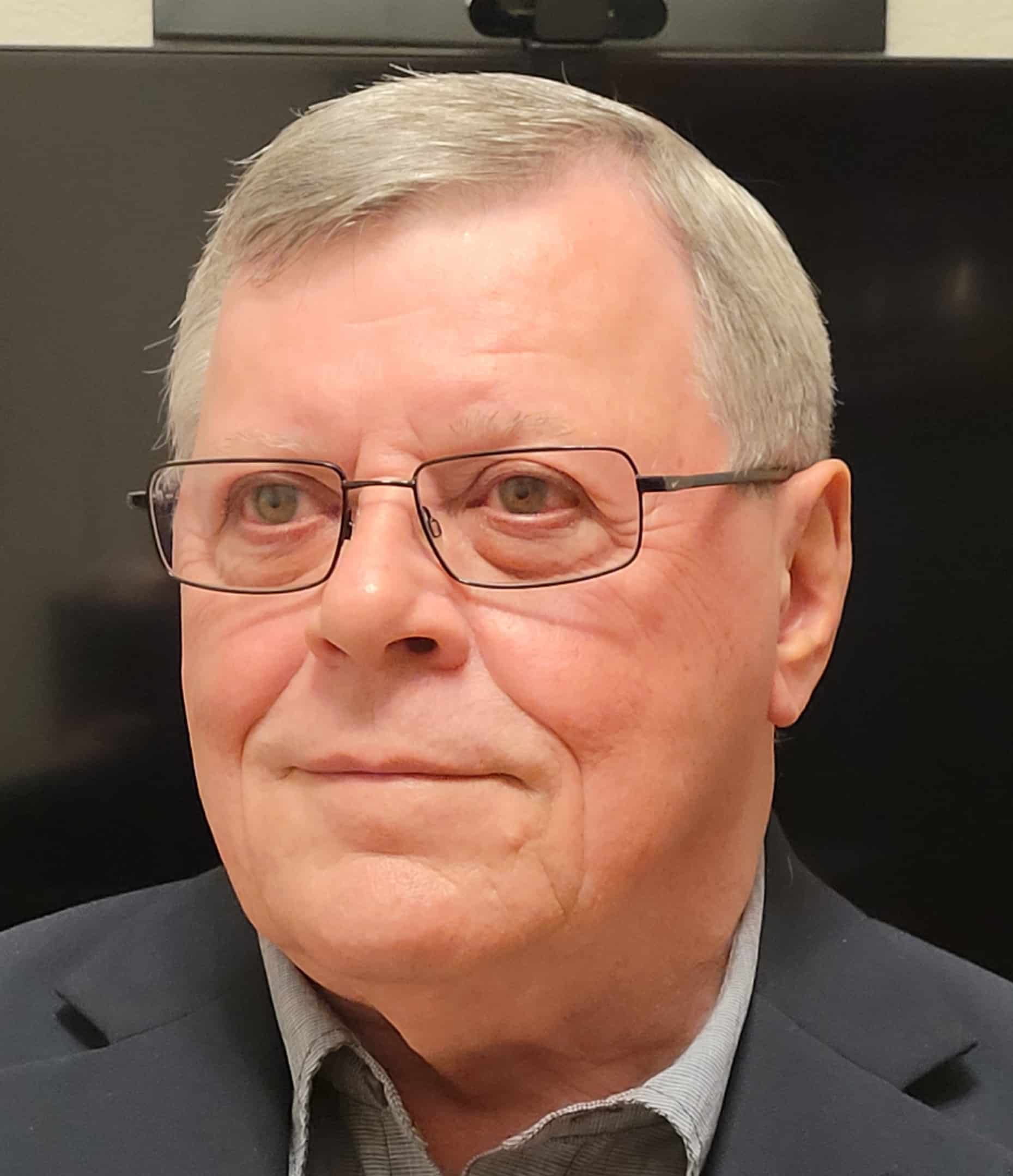
ATSC recently sat down with Paul J. Hearty, PhD, Chief Standards Strategist, Digital Media Systems at Samsung Research America, to discuss his role in ATSC. Dr. Hearty was recently elected to serve on the ATSC Board of Directors.
Paul, give us a snapshot of what you do in your day to day. I lead a small group at Samsung concerned with standardization and industry support in television and media. In that role, I coordinate with other Samsung people worldwide.
Looking at my calendar as I respond to this question, I can see that ATSC (as you might expect) is a big part of my day and week. Other standards groups, such as CTA and SCTE, share my time, as do meetings with broadcasters and others in support of advanced systems development and deployment.
I have a dog that rises early, so I rise early also. Thereafter, the meetings take me through the day. As I work for a multinational, I can start the day on European time and end it on Asian time.
How and why did you get involved with ATSC 3.0? I first got involved with ATSC in the mid-1980s, not on ATSC 3.0, but on what we now call 1.0. At the time, I was working at the Communications Research Centre in Canada. I was involved in international standards (the current ITU-R) in standards for production and exchange of television programs and methods of assessing image quality. Interest in HDTV was heating up and a new initiative by the FCC, the Advisory Committee on Advanced Television Service (ACATS), was being cued up. Inasmuch as Canada and the US needed to collaborate on TV broadcast standards, I became involved in both ACATS and ATSC. As part of the effort, I created and led the Advanced Television Evaluation Laboratory, a joint government-industry lab that worked with sister labs ATTC and CableLabs in the US as part of the ACATS process. I worked in ACATS and ATSC to analyze, test, and standardize advanced television through the first, competitive round of testing. Later, I moved to General Instrument and worked in a leadership role in the Digital HDTV Grand Alliance to develop the collaborative system that became 1.0 and work it through ACATS and ATSC.
Later, at Sony, I led technical standardization efforts in multiple areas, including ATSC. I was involved with considerations in ATSC 2.0 (which we spiked as being too little too late) and drove Sony’s efforts in ATSC 3.0 for nearly nine years. This involved a partnership with other companies such as Qualcomm, LGE, and Harmonic. I now lead Samsung’s standards activities in ATSC and other venues.
I have worked in ATSC since the early days, serving on many Committees, as well as on its Executive Committee (Board predecessor). This is my second time on the Board itself.
Are you a member of any planning team(s) or implementation team(s) with ATSC? I serve in PT-6 (Global Recognition), a group I proposed while serving on the ATSC Board. I am Vice-Chair of IT-4 (Brazil) and am a member of the new IT-7 (Caribbean). I also serve as Co-Chair of the Board’s Working Group on Global Strategy and serve on its Working Group on ATSC 3.0 Adoption.
What excites you most about the future of ATSC 3.0? The first area of excitement (or should I say challenge?) is to make 3.0 achieve its promise as a game changer – not only in providing advanced features, hybrid OTA and OTT operation, and a full-on applications platform, but also in achieving success in adoption by broadcasters and consumers. The second is helping it expand its reach globally – the recent successes in Brazil, Jamaica, and Trinidad and Tobago are the beginning of what I hope is a broader adoption. The third is that, unlike earlier systems, ATSC 3.0 was designed to evolve. That means it can add new features and otherwise adapt to meet needs that may differ across regions and that will change over time in order to support better, more responsive service.
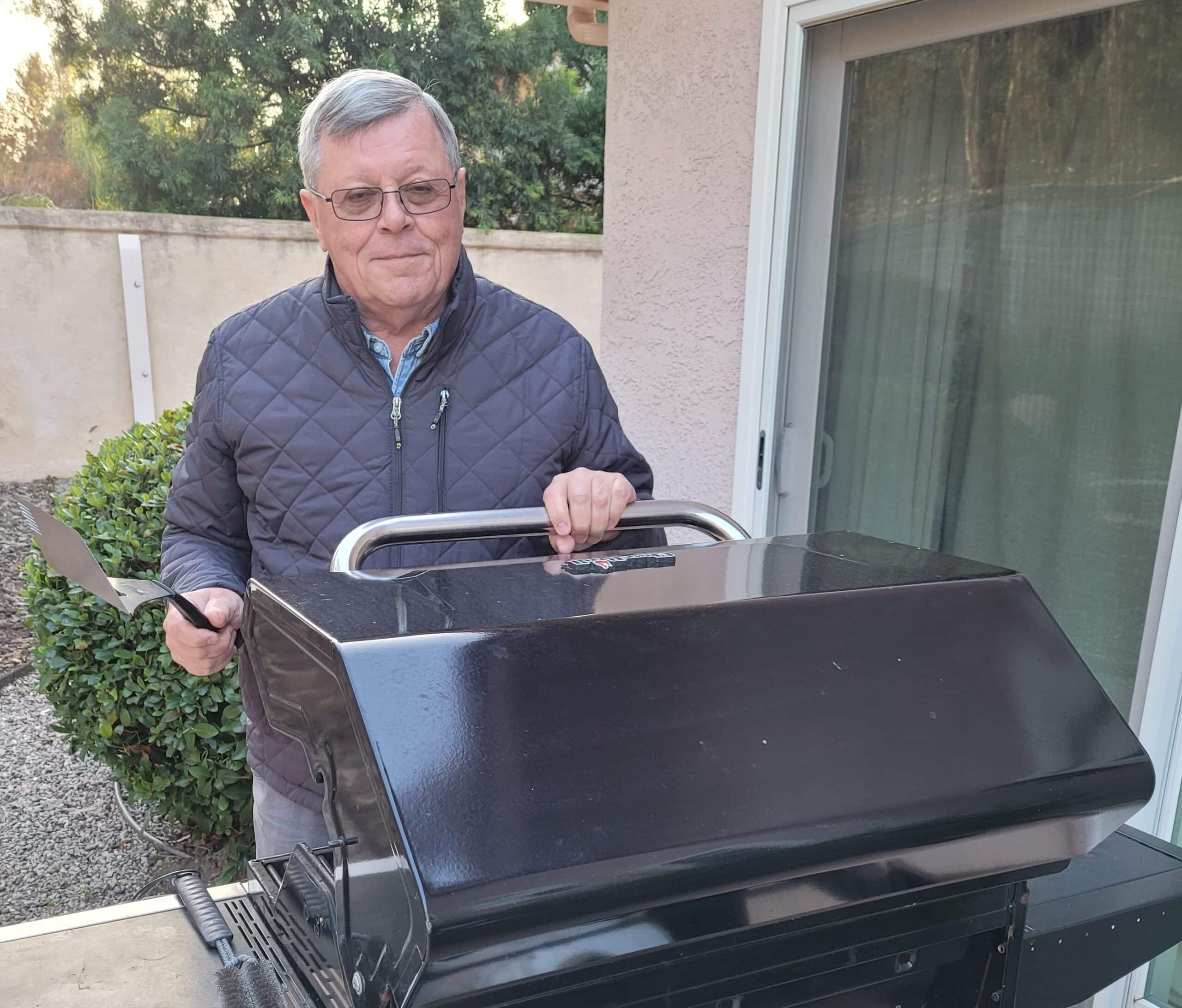
Tell us about your family, your pets, your hobbies. My wife, Heather, and I live in Poway, CA (San Diego County). Our son and his wife live nearby, which is good. The rest of Heather’s and my family live in Canada, mine in Newfoundland and hers in British Columbia. We have a white Husky/Lab mix, who keeps us busy. Our hobbies are recreational travel and RVing.
What are you currently reading? Nothing very profound. I read for relaxation, so popular novels are my thing. I like Michael Connelly and David Baldacci for two.
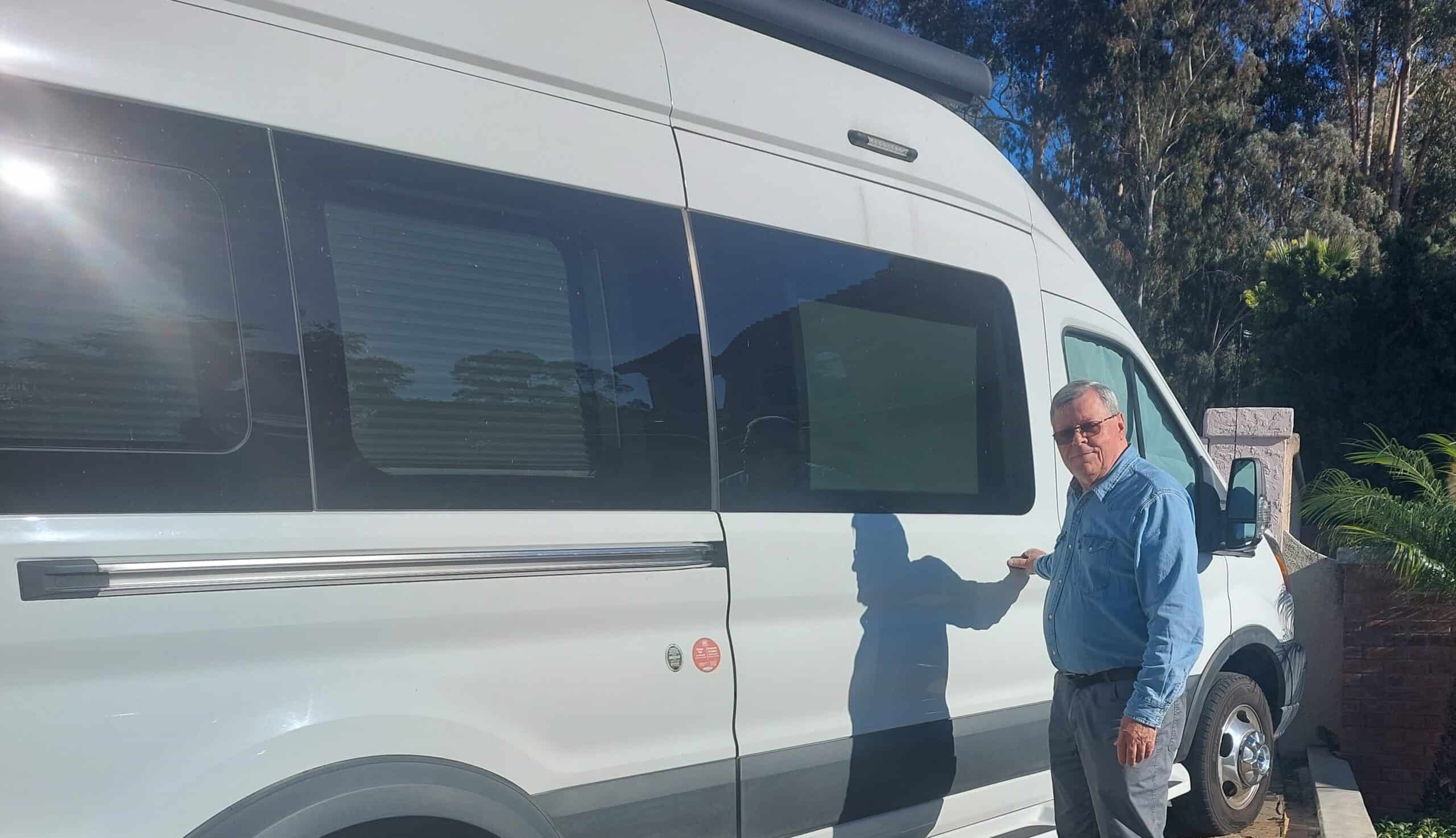
What is your favorite show to binge-watch? If I had to choose one show, it would be The Black List. Also, I have a liking for movies, so OTT is important to me.
Alternative career choice? As I was doing my graduate work, it looked likely I would work in basic research in academia. Instead, I have worked on the development, standardization, and deployment of technology, but have done so in government, industry, and academia.
Posted in ATSC News
News Categories
News Archives
Subscribe
Subscribe to The Standard, our monthly newsletter. Learn More
Join ATSC
ATSC is a membership organization with both voting and observer categories. Voting members include corporations, nonprofit organizations, and government entities, and they participate actively in the work of ATSC. Observers are individuals or entities not eligible to be a voting member.
Subscribe to our Newsletter
Subscribe to The Standard, our monthly newsletter, to stay up-to-date with ATSC news and events around the world.
Site Links
Contact Us
Advanced Television Systems Committee, Inc.
1300 I Street NW, Suite 400E
Washington, DC 20005
Do you have questions about ATSC?
About ATSC
The Advanced Television Systems Committee, Inc., is an international, non-profit organization developing voluntary standards and recommended practices for digital terrestrial broadcasting. ATSC member organizations represent the broadcast, broadcast equipment, motion picture, consumer electronics, computer, cable, satellite, and semiconductor industries. ATSC also develops digital terrestrial broadcasting implementation strategies and supports educational activities on ATSC standards.
© 2024 ATSC
